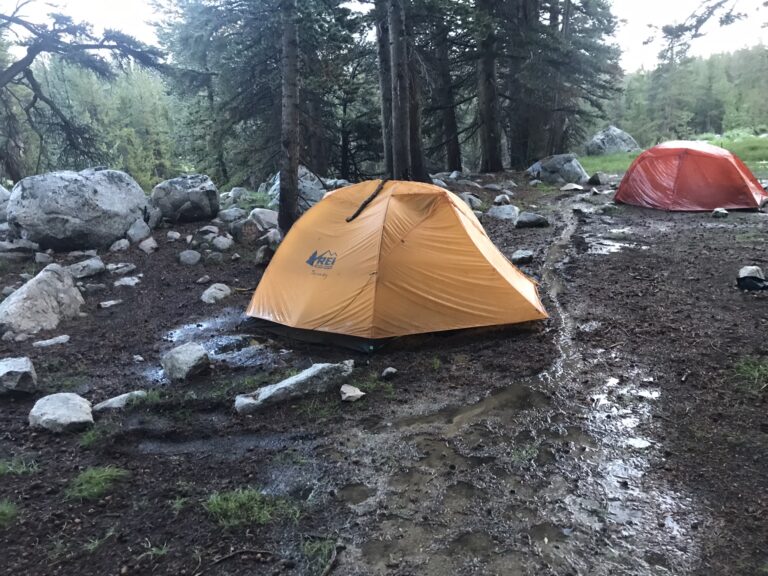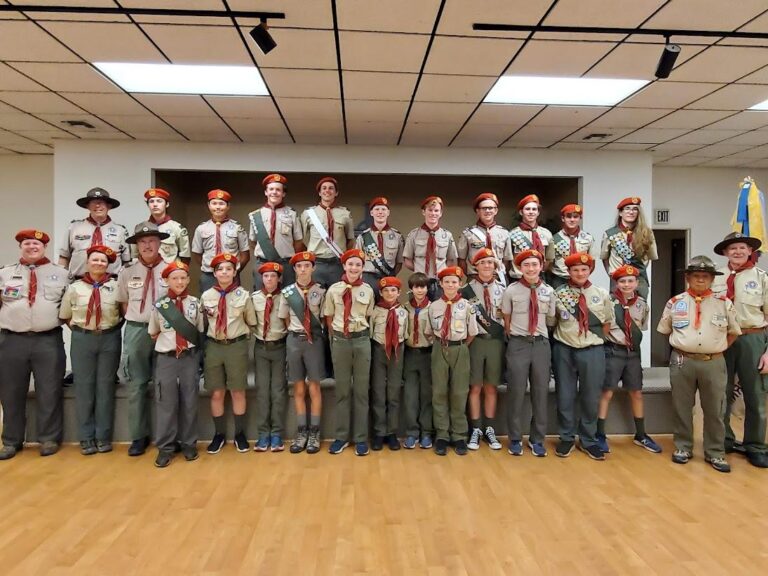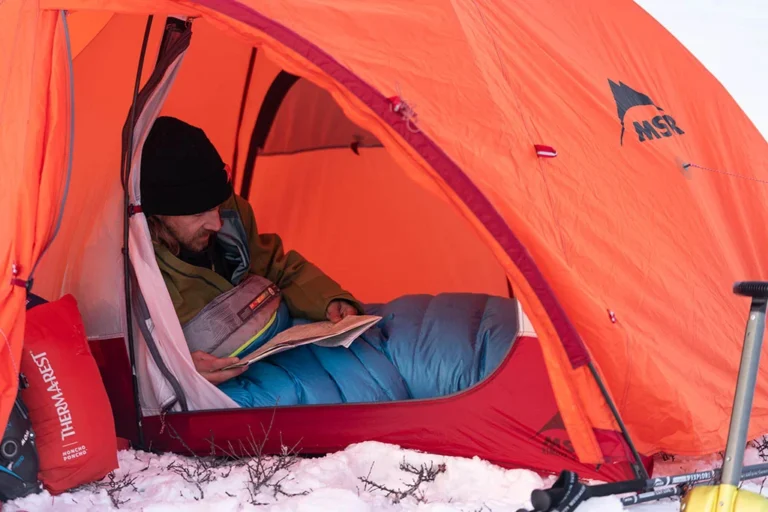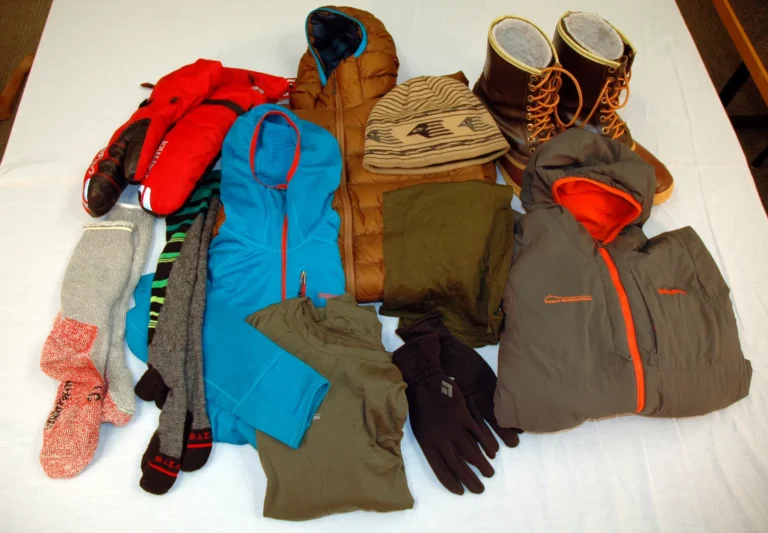Snow Camping
Use Equipment Check list, check it twice.
Use your equipment checklist and layout your gears on the floor. Check it again to pack your pack. Missing gorp is the least of your worries; finding out enroute that you’ve left behind a hat or gloves can be a major threat to cold-weather fun.
Give the sun its due.
A fair-skinned backpacker, sun and reflecting snow can fry like a pork rind even in the dead of winter. Use UV-blocking SPF 25 or higher sunscreen anytime you’re out in the bright sun, and don’t neglect tender areas like the underside of your nose and chin. Bring along sunglasses that block 100 percent of UV rays.
Consider bringing a shovel
It may seem an unnecessary burden, but a collapsible snow shovel can come in handy for flattening a sleeping area and digging out a kitchen bench, Kitchen can be as fancy as you want, but all you really need is a place to sit and some sort of ledge or “table” for your stove and cooking supplies.
Pick out a hat to go with your bag.
Blood keeps pumping to your head and your scalp radiates heat whether you’re snowshoeing or sleeping. Wear a hat and cinch the hood down tight on your sleeping bag.
Layers work, but only if you use them.
Dressing in layers is worthless if you don’t make adjustments as the weather and exertion demand. Add layers before you get cold and conversely, don’t worry about being a bit chilly when you first start hiking. Choose zip-neck long underwear tops and jackets with full-front zippers for maximum ventilation.
Cotton kills.
Dramatic? Yes, but true nonetheless. Cotton’s water-loving, slow-drying fibers suck up moisture and hold it against your skin. In a desert, this is desirable because it keeps you cool. In the Winter Mountains, it can mean death. For backcountry travel in all but the most amiable weather, choose synthetics or wool for hats, socks, and everything in between.
Eventually the snow will melt
Leave No Trace camping ethics apply to any season. If there’s a pit toilet nearby, use it. If not, pick a discreet spot in the woods at least 200 feet from any water – frozen or not. Dig down as far as you can in the snow, do your business, and pack snow back on top. Pack out or burn your toilet paper. If fires are allowed, keep it small and only use dead wood on the ground.
Feet sweat, even in winter
Take every precaution to keep your feet dry. Waterproof your boots, wear good gaiters, and try using vapor barrier liners between your liner socks and thick outer socks.
Lack of coffee kills, plan accordingly
Running out of fuel is no joke when your body is depending on hot food and calories, and you’re forced to eat cold, crunchy oatmeal and hard pasta. Cold weather makes stoves balky and less efficient (caffeine withdrawal affects partners similarly), so use your windscreen at all times, and carry double your normal fuel needs. Clean your stove before the trip, and know how to make field repairs.
How To Sleep Warm
Ground Insulation: Insulating ground pads make such a difference that seasoned winter campers usually take two. The warmest combination is a full-length closed-cell foam pad with a self-inflating mattress (a Therm-A-Rest, for instance) on top.
Keep the bag dry: Through respiration and sweat, you give off moisture at night, which ends up in your bag. Don’t breath into the bag; it may feel warmer initially, but it soaks the liner with condensation from your breath. Vapor from normal perspiration condenses inside the outer shell in sub-zero cold.
Wear clothes to bed: Always wear a warm hat and keep the bag hood snug because half your body heat escapes through your head. Wearing long johns and pile apparel to bed often makes the difference between cozy slumber and all-night shivering. Try not to overdress because bulky clothes in a tight bag will compress the insulation, or you could overheat and wake up sweat-soaked. Either way, you get cold.
downloadIt’s hard to stay hydrated in cold, dry conditions because you play and sweat all day then breathe out lots of water while sleeping.
Warm up before bed: Remember, a bag can’t retain body heat that’s not there in the first place. Eat hot dinner, have a hot beverage, and warm up before retiring by walking around, waving your arms, or going for a quick moonlit walk. Just don’t overdo it and go to bed sweaty.






